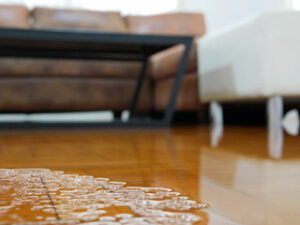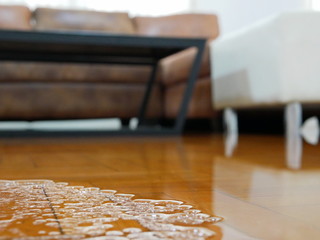What Is Water Damage? There are various causes of water damage and losses in residential and commercial properties. These processes include rotting of wood, mold and bacteria growth, rusting of steel, and swelling of composite woods. Even delamination of materials can occur. If the property is not inspected immediately after a flood, the damage could get worse. Here are some ways to identify the type of water damage and its causes. If you notice any of these signs, contact Water Damage to inspect and assess the property.
Insurance companies do not cover the cost of upgrades or replacements, but sometimes they will pay for these if the damage was the result of a water leak. Water damage is often gradual and may not be discovered right away, so a plumber should be contacted for an estimate. It is also important to document the value of any items in the home so that the adjuster will know what to expect. In addition, take photos of any damage to help the adjuster assess the damages.
Insurance companies will not reimburse homeowners who do not have flood insurance. Flood insurance covers water damage, but homeowner’s insurance does not. Most home and business owners need both types of insurance. Getting flood insurance is especially important for the costs associated with a major disaster. If your property is damaged by water, consider obtaining a separate flood insurance policy. If it isn’t possible, you can also seek help from the state insurance commissioner. In either case, you should contact your insurance company to discuss the specifics.
Clean water is generally less dangerous than dirty water, but standing water can still cause extensive damage and pose a biohazard to people and pets. The damage from water can begin within hours or even days. Wood floors can warp or fall apart, and white walls and metal surfaces can rust and tarnish. Water damage can also affect the structure of your home, causing serious health issues for its occupants. If left untreated, water damage may also result in a liability issue.
If you decide to purchase a home after a flood, a professional water damage restoration team can provide a fair price. Water damage restoration can cost between $400 and 8000 dollars. However, it is best to call a professional water damage restoration company as soon as you notice any signs of water damage. For more information about water damage restoration, visit the website listed below. It will provide you with a wealth of information about the entire process and help you to decide the best option for your situation.
Once you have determined that water damage has occurred on your property, you need to decide what type of damage it is. Greywater, or wastewater, contains detergents, chemicals, and soap scum. Often, this type of damage can be easily dried out, but there are still some risks to human health. A technician should be equipped with personal protective equipment if they are dealing with Category 2 water damage. Similarly, blackwater, or “blackwater,” is considered unsanitary and contains potentially dangerous materials. If you suspect your property has suffered from water damage, call a professional water damage restoration company to inspect the damages and make recommendations.
The process of water damage restoration begins 24 to 48 hours after the property has been re-entered. It may be too extensive for a single person to tackle and requires a team of professionals to do the job properly. A professional can assess the damage, identify what needs to be done, and help prevent mold from spreading. Furniture may need to be dry, cleaned, or thrown away. Likewise, floors can be damaged by water and moisture and may need to be replaced.
Most homeowners insurance policies cover water damage due to accidental and sudden sources. In addition to overflow from household appliances and heating systems, water damage is often the result of a malfunctioning appliance. Most policies include an HO3 policy that covers up to $40000 in damages. The HO3 policy covers water damage due to overflow from household appliances and plumbing. This type of policy typically provides the highest amount of coverage for unexpected, accidental water damage. However, you need to check the terms and conditions of your coverage prior to purchasing a policy.
The process of water damage restoration consists of three distinct phases: mitigation, remediation, and restoration. Mitigation is the first step and involves removing standing water from the affected areas and restoring damaged materials. Water mitigation is the first step of water damage restoration and involves the use of industrial vacuums and specialized machines. To complete the job, water damage technicians use special equipment to remove water from flooring and carpet. If necessary, they will remove any personal items that may have been affected by water and dry the remainder.

